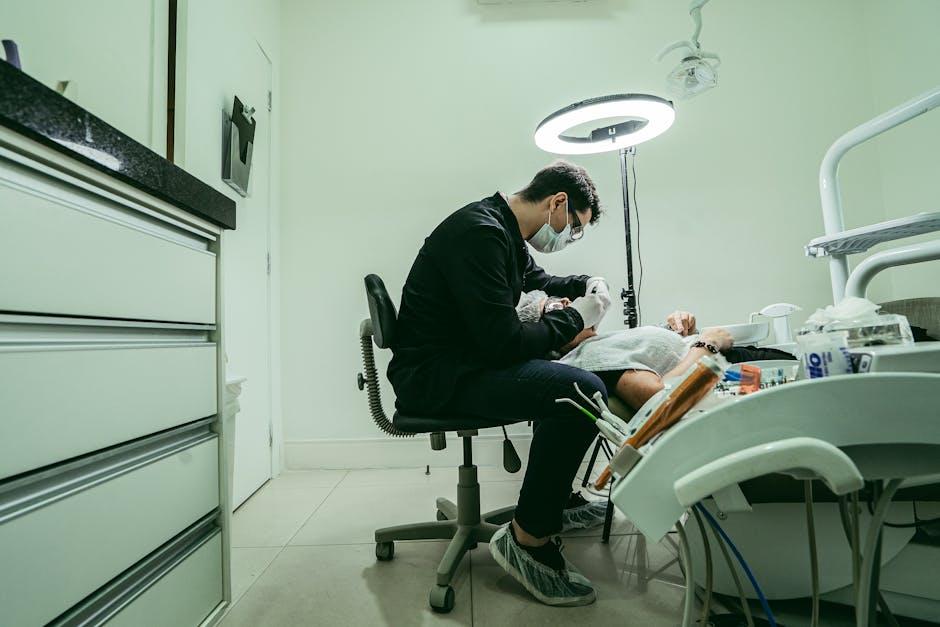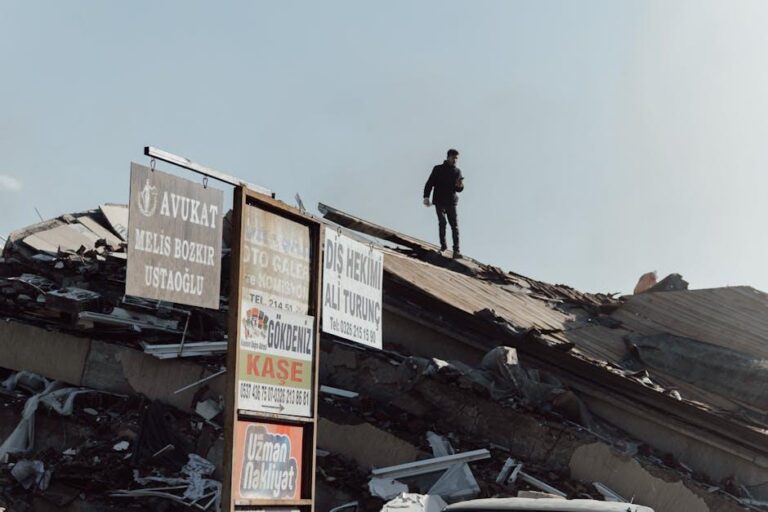
What Qualifies As A Dental Emergency? – Texas A&M
Dental emergencies can be stressful and painful experiences. Knowing what qualifies as a dental emergency is essential for timely treatment and preventing further damage. Whether you’re a Texas A&M student, faculty, or resident in nearby areas, understanding dental emergencies will empower you to make the right decisions about your oral health. In this comprehensive guide, we’ll explore common types of dental emergencies, signs to watch for, first aid tips, and when to seek professional dental care.
What Is Considered a Dental Emergency?
A dental emergency refers to any oral condition that requires immediate attention to save a tooth, stop ongoing tissue bleeding, relieve severe pain, or prevent long-term damage. Not every dental issue is urgent, but when symptoms include intense pain, swelling, or trauma, prompt dental care is necessary.
Common Types of Dental Emergencies
- Severe toothache indicating infection or decay
- Knocked-out tooth (avulsed tooth)
- Cracked, chipped, or broken teeth causing pain or sharp edges
- Dental abscess or swelling indicating infection
- Lost fillings or crowns causing discomfort or sensitivity
- Injury to the gums, tongue, or soft tissues causing bleeding
- Orthodontic appliance injuries causing pain or damage
- Bleeding that won’t stop after dental trauma
Recognizing Urgent Dental Symptoms
Not every toothache or dental discomfort requires emergency care. However, certain symptoms strongly indicate urgent dental attention:
- Intense, persistent tooth pain lasting several hours or worsening
- Swelling of the face, gums, or jaw which can signal an infection spreading
- Uncontrolled bleeding from the mouth due to injury
- Loose or dislodged teeth after trauma
- Fever accompanying dental pain or swelling, indicating infection
- Difficulty breathing or swallowing caused by dental or oral issues
Immediate Steps to Take During a Dental Emergency
When a dental emergency occurs, swift action can help reduce pain and improve outcomes. Here are some practical tips recommended by dental experts:
- For a Knocked-Out Tooth: Handle the tooth carefully by the crown, rinse it gently if dirty, and try to place it back in the socket. If not possible, keep it moist by placing it in milk or a tooth preservation product and see a dentist immediately.
- For a Cracked or Broken Tooth: Rinse your mouth with warm water and use a cold compress to reduce swelling. Avoid chewing on the affected side and see your dentist promptly.
- For Toothache or Abscess: Rinse with warm salt water and use over-the-counter pain relief if necessary. Avoid applying aspirin directly to gums or teeth.
- For Blunt Trauma or Soft Tissue Injury: Control bleeding using a clean cloth or gauze. Cold compresses can minimize swelling.
Dental Emergency vs. Non-Emergency: A Quick Comparison
| Dental Emergency | Non-Emergency Dental Issue |
|---|---|
| Knocked-out or loosened tooth after trauma | Mild sensitivity or occasional toothache |
| Persistent, severe pain with swelling | Routine cleaning or check-up |
| Lost crown causing sharp edges or pain | Minor discoloration or surface stains |
| Infection with fever or swelling | Small cavity without pain |
Benefits of Prompt Emergency Dental Care
Timely dental intervention can make a significant difference in your recovery and comfort. Here are some key benefits:
- Prevents worsening infection and potential systemic complications
- Increases chances of saving natural teeth
- Reduces the risk of permanent damage
- Decreases duration and intensity of pain
- Improves overall oral health outcomes
Case Study: Saving a Knocked-Out Tooth at Texas A&M
One Texas A&M student experienced a bicycle accident resulting in a knocked-out front tooth. Thanks to quick action by campus health staff—placing the tooth in milk and visiting the emergency dental clinic within an hour—the tooth was successfully replanted, preserving aesthetics and function. This case highlights the importance of knowing how to act in dental emergencies and trusting professional care promptly.
When to Seek Emergency Dental Care Near Texas A&M
If you or someone you know experiences any symptoms listed above, it is crucial to contact a dental emergency provider immediately. Many dental clinics in the Texas A&M area offer walk-in or after-hours emergency services to accommodate urgent cases. Delaying treatment can result in complications that require more extensive and costly procedures later.
Tips for Finding Emergency Dental Services Near Texas A&M
- Search for “emergency dentist near Texas A&M” online for quick options.
- Check if your dental insurance covers emergency visits in the area.
- Call ahead if possible to confirm availability.
- Keep a dental emergency kit handy with essentials like gauze, pain relievers, and contact numbers.
Conclusion: Be Prepared and Act Quickly
Understanding what qualifies as a dental emergency is invaluable knowledge for maintaining your oral health and well-being. Whether you are a Texas A&M member or living nearby, knowing how to identify urgent dental situations, administering first aid, and seeking prompt professional care can save your teeth and reduce pain. Remember, when in doubt, always contact a trusted emergency dentist immediately to ensure the best outcome for your dental health.
Stay informed, stay prepared, and take care of your smile!


